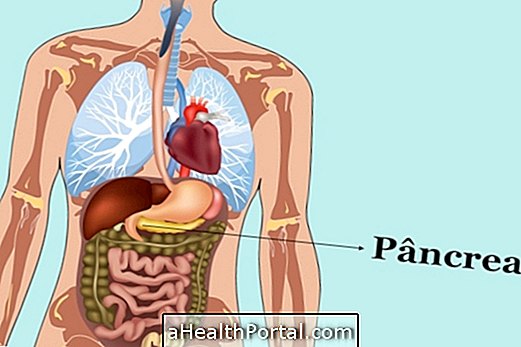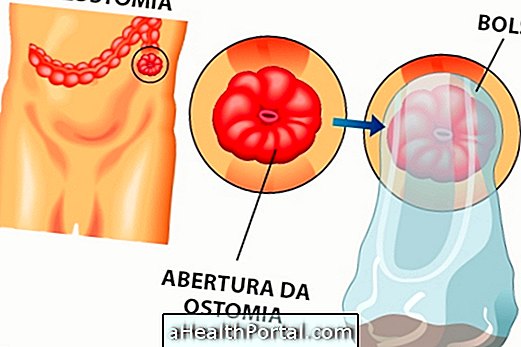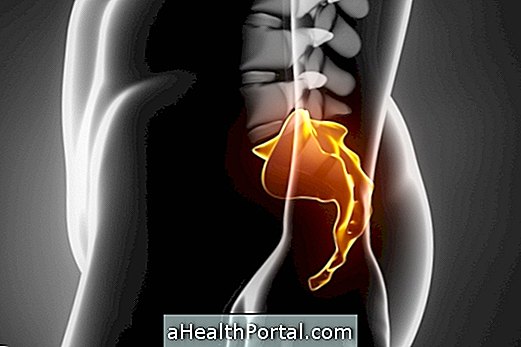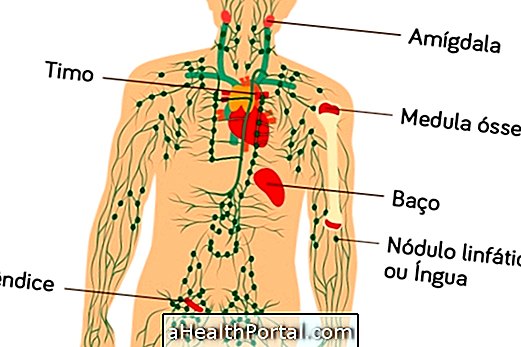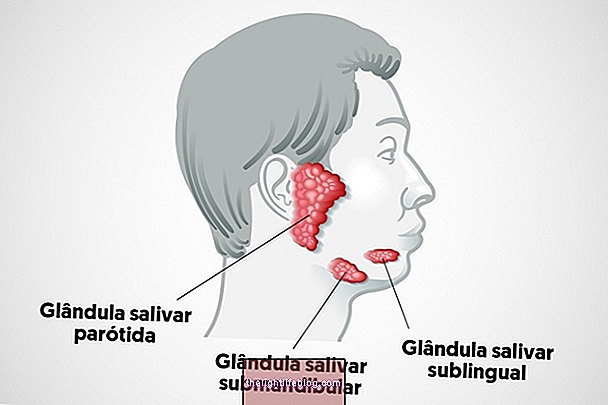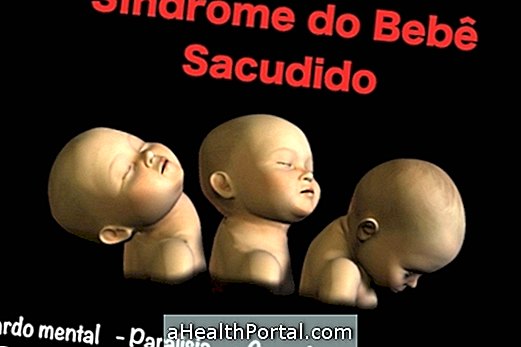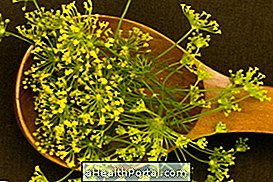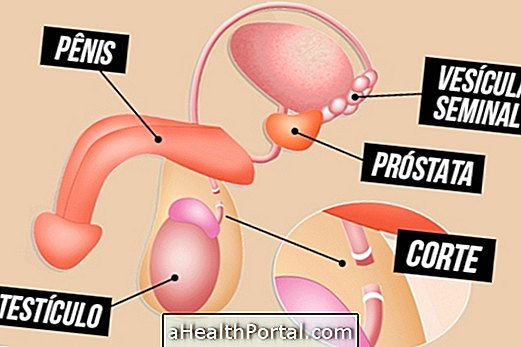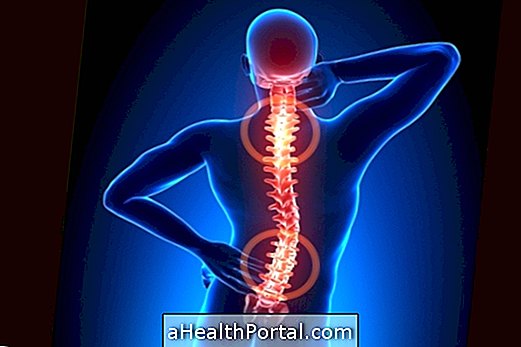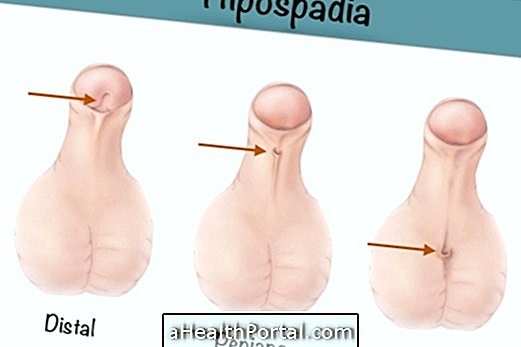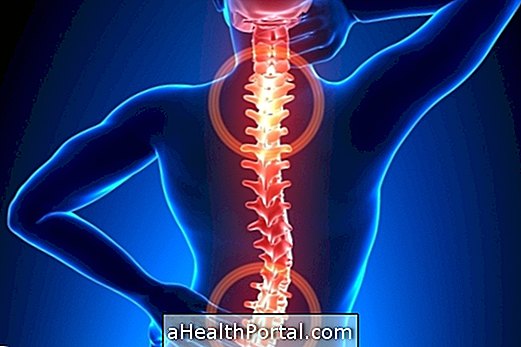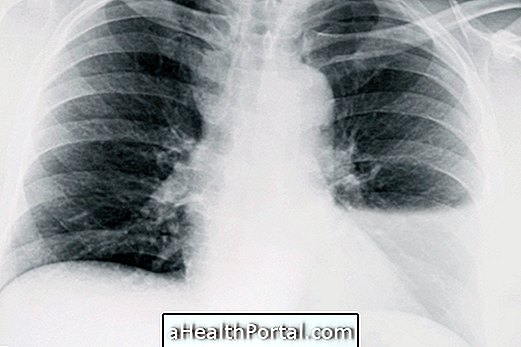Dermatomes are certain areas of the body innervated by a nerve coming out of the spine. The spine is composed of 33 vertebrae and has 31 pairs of nerves distributed throughout the body in an organized manner.
Each nerve that comes out of the spine is responsible for giving sensitivity and strength to a particular area of the body, so that whenever a nerve is compressed or cut, a certain area of the body is compromised. This way it is possible to identify which part of the spinal cord was affected by compression, trauma or herniated disc, when a person says that they feel a sensation of tingling, weakness or impossibility of moving an arm or the lateral part of the foot, for example.
In all there are 31 dermatomes that are divided as that in the form of 'slices', as shown in the following image:

Map of body dermatomes
The best way to identify all of the body's dermatomes is to observe a person in the 4-position position, because slices are easier to see. The following are the main dermatomes of the body:
- Cervical dermatomes - Face and neck : they are especially innervated by the nerve coming out of the C1 and C2 vertebrae;
- Thoracic dermatomes - Thorax : are the regions enervated by nerves that leave the vertebrae T2 to T12;
- Dermatomes of the upper limbs - Arms and hands : they are innervated by the nerves that leave the vertebrae C5 to T2;
- Lumbar and lower limb dermatomes - Legs and feet : they contain the regions innervated by the nerves that leave the vertebrae L1 to S1;
- Buttocks: is the area innervated by the nerves that are in the sacrum, in S2 to S5.
The map of the dermatomes are usually used by physicians and physiotherapists to identify the presence of changes or compressions in the spinal cord, because if there are changes in sensitivity in a certain area of the body, it is easier to identify the site of the spine being compromised, for a trauma or a herniated disc, for example.
But in addition, dermatomes can also be used in alternative therapies such as acupuncture or reflexology to directly stimulate certain sites of the spinal cord or other organs innervated by the corresponding nerve pair. In this way the acupuncturist can insert a needle in the spine, in order to relieve the pain and discomfort that arise in other areas of the body.

Difference between dermatome and myotome
The dermatomes refer to sensitive skin changes, whereas the myotomes are responsible for the movements of the muscles of the same region. The following table gives some examples:
| Nervous Root - Myotome | Movements | Nervous Root - Myotome | Movements |
| C1 | Flex the head | T2 to T12 | - |
| C2 | Extend your head | L2 | Flex the thigh |
| C3 | Side flex the head | L3 | Extend the knee |
| C4 | Raise the shoulder | L4 | Dorsiflexion |
| C5 | Raise your arm | L5 | Hallux extension |
| C6 | Flex the forearm and wrist extension | S1 | Eversion of the foot + extension of the thigh + knee flexion |
| C7 | Extend the forearm and flex the fist | S2 | Knee flexion |
| C8 | Extend the thumb and ulnar deviation of that finger | S3 | Intrinsic muscles of the foot |
| T1 | Open and close your fingers | S4 and S5 | Periodic movements |
Thus, when the person has a sensation of numbness in the lateral part of the foot, the most probable is that there is a change in the spine, more specifically between the vertebrae L5 and S1, because this is his dermatome. But when it is weak and difficult to bend the arm, the affected region is the cervical, specifically C6 and C7, because this region is your myotome.
